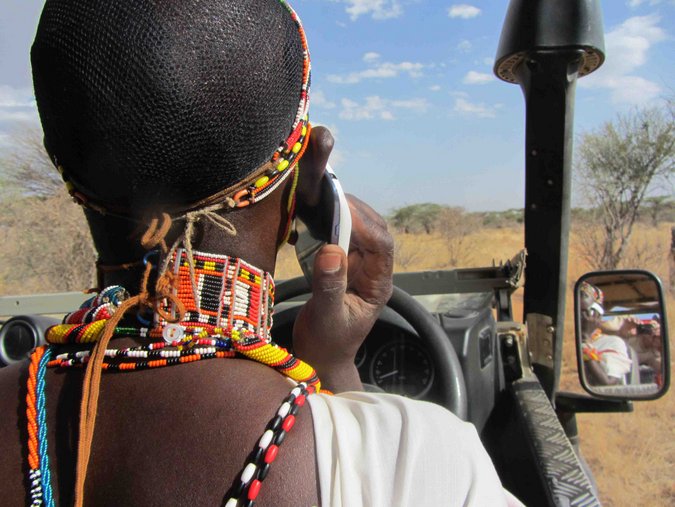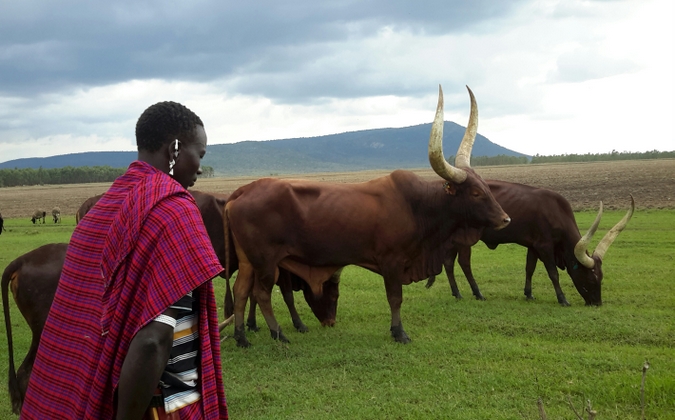
How do you prepare for the trip of a lifetime to Africa?
Once you’ve decided where to go and bought those khaki shorts and overlarge safari hat, how do you make sure that you REALLY connect with the country of your choice – that you are not merely a visitor passing through?
You learn the language.
Swahili (along with English) is the national language of Tanzania and Kenya and is surprisingly easy to learn. Tanzania is home to about 130 tribes and each of these tribes speak their own distinctive languages, however, one of the biggest tribal groups are the Maa speakers. Maa is spoken by the Maasai tribes as well as the Samburu and Datoga tribes, to name but a few.
You are bound to have contact with Maasai and Samburu people as they often reside close to famous game reserves.
So, in order to give you the tools to be able to connect with these fascinating tribal groups, and even make some friends, here are some Maa language basics:
Greetings
Supai – Greeting for men
Ipa – Reply to supai
Takwenya – Greeting for women
Iko – Reply to takwenya
Errabioto? – “Are you well?”
Arrabioto – “I am well”
Ashe – “Thank you”
Kai iloito? – “Where are you going?”
Kai ingwaa? – “Where are you from?”
Kai ijii? – “What is your name?”
Kai ita? – “What’s new?”
Kiti – Reply to Kai ita
Ai? – “Where?”
Ng’ai? – “Who?”
Anu? – “When?”
Nyorr? – “What?”

Sidai – nice, beautiful, good
Torronok – bad, ugly, unpleasant
Engop – ground, floor, land
Engarre – water
Enkai – God, sky
Engolong – sun
Olappa – moon
Lolkirr – stars
Animals
Ol’ngatun – lion
Ol’ngorjine – hyena
Louwaru keri – leopard
Oldome – elephant
Esiram – kudu (antelope)
Olosokwan – buffalo
Olmaaut – giraffe
Elmun – rhino
Enketeng – cow
Enkine – goat
Engirr – sheep

People
Enkitok – woman
Endito – girl
Engerai – child
Olpaijan – man
Olaiyoni – boy
Olmorani – warrior
Ilmoran – warriors
Numbers
Nabo – 1
Are – 2
Uni – 3
Omwan – 4
Imiet – 5
Ile – 6
Napichana – 7
Isiet – 8
Endoroit – 9
Tomwon – 10
To comment on this story: Login (or sign up) to our app here - it's a troll-free safe place 🙂.![]()








